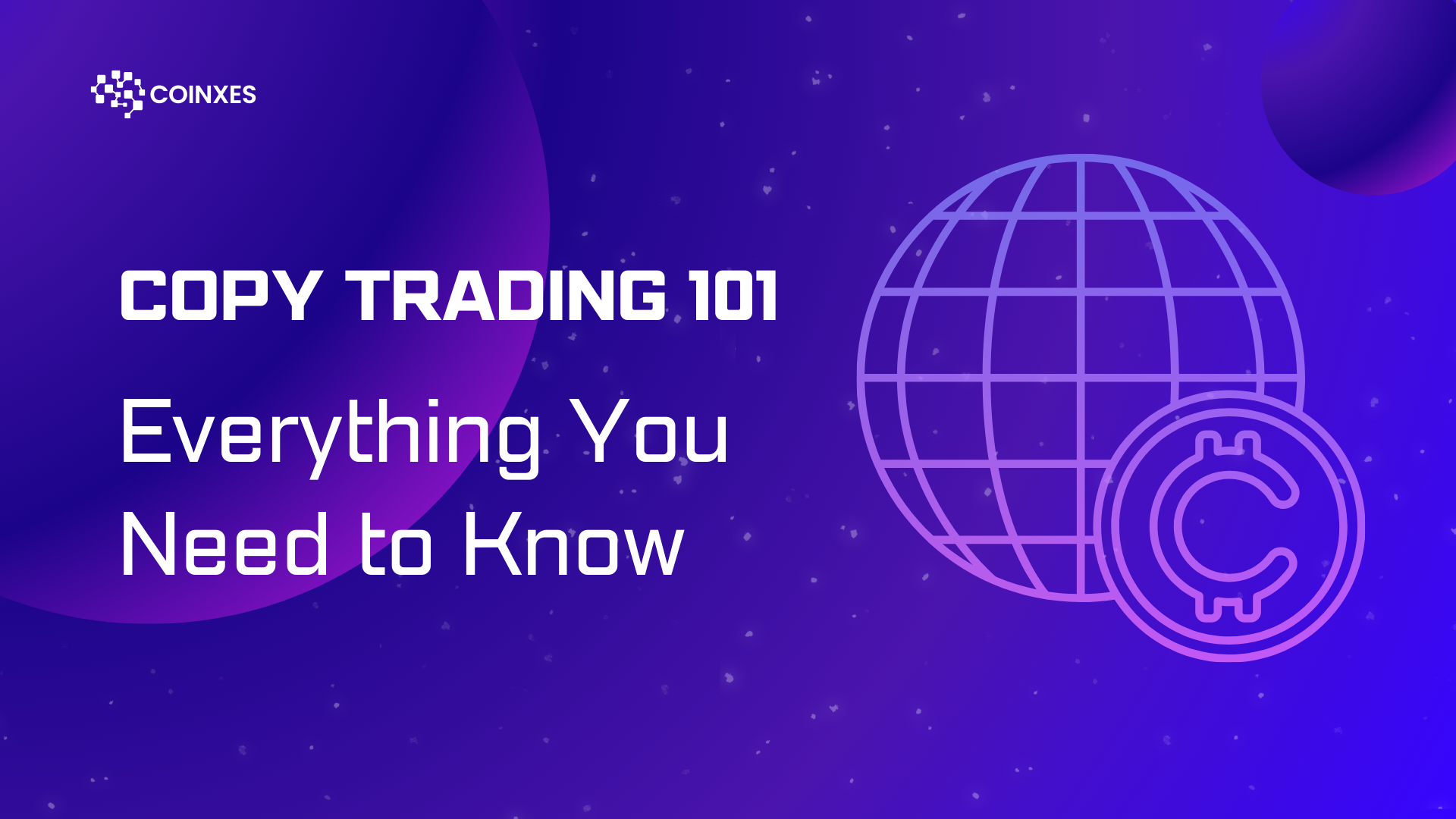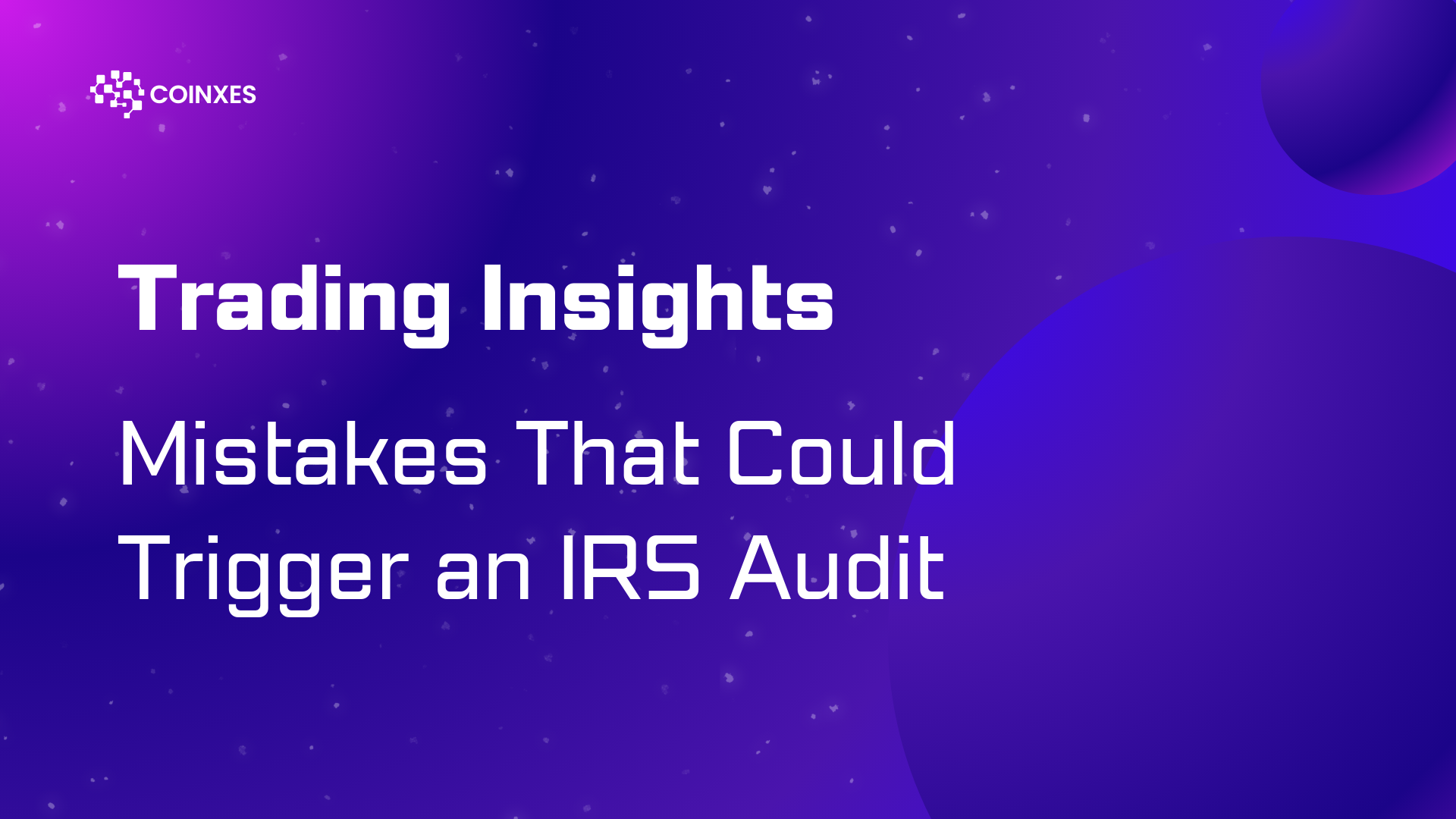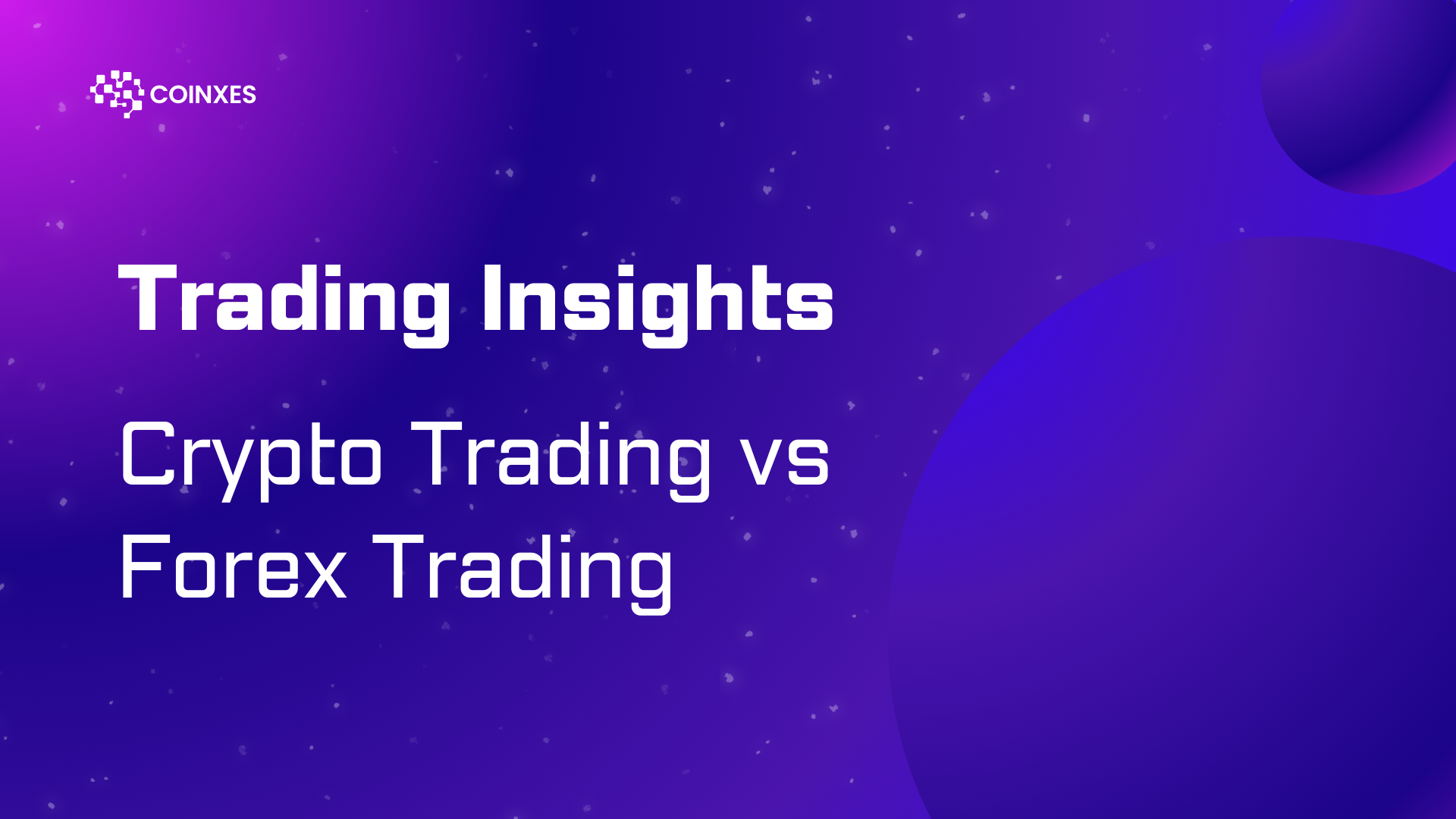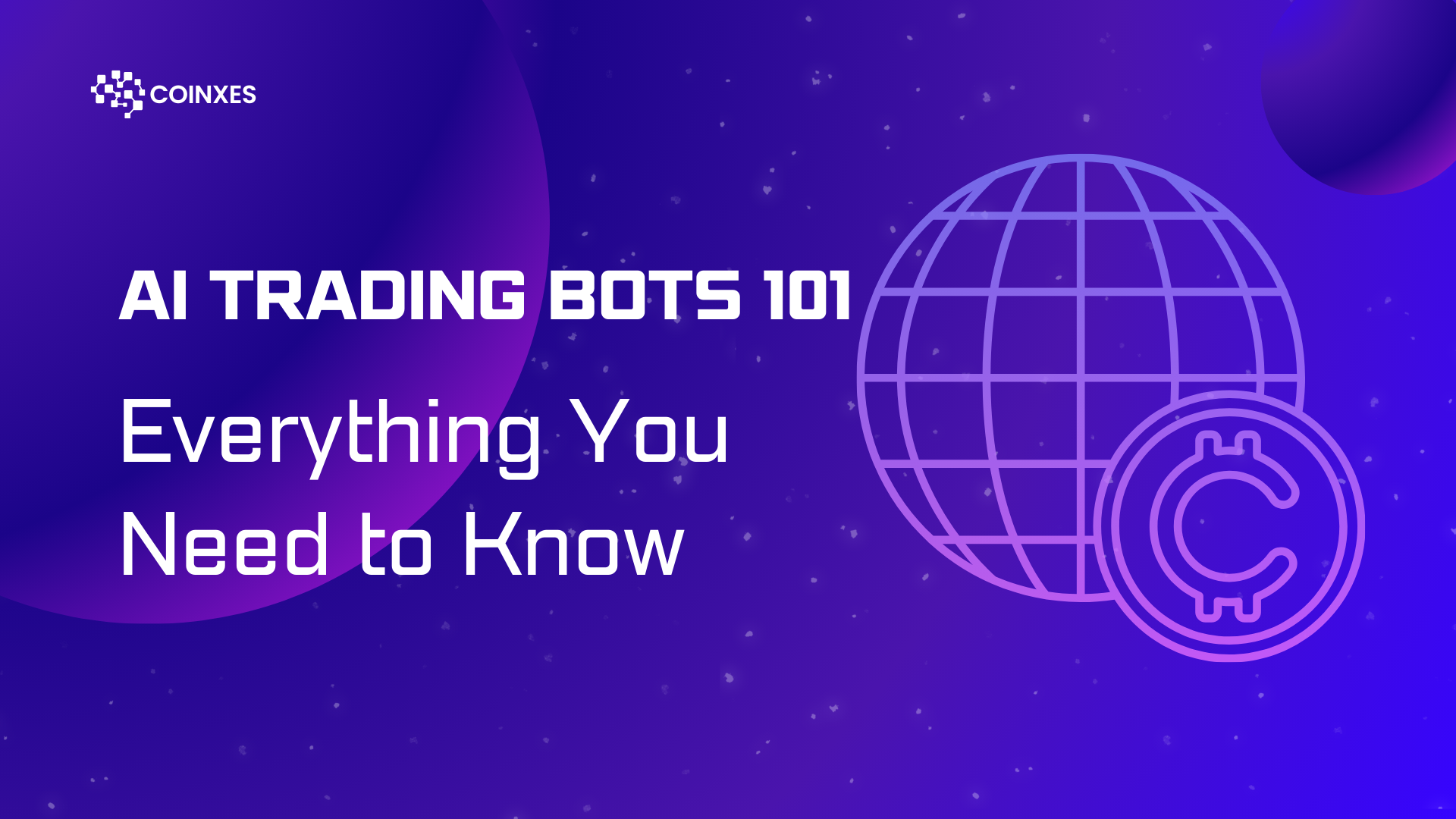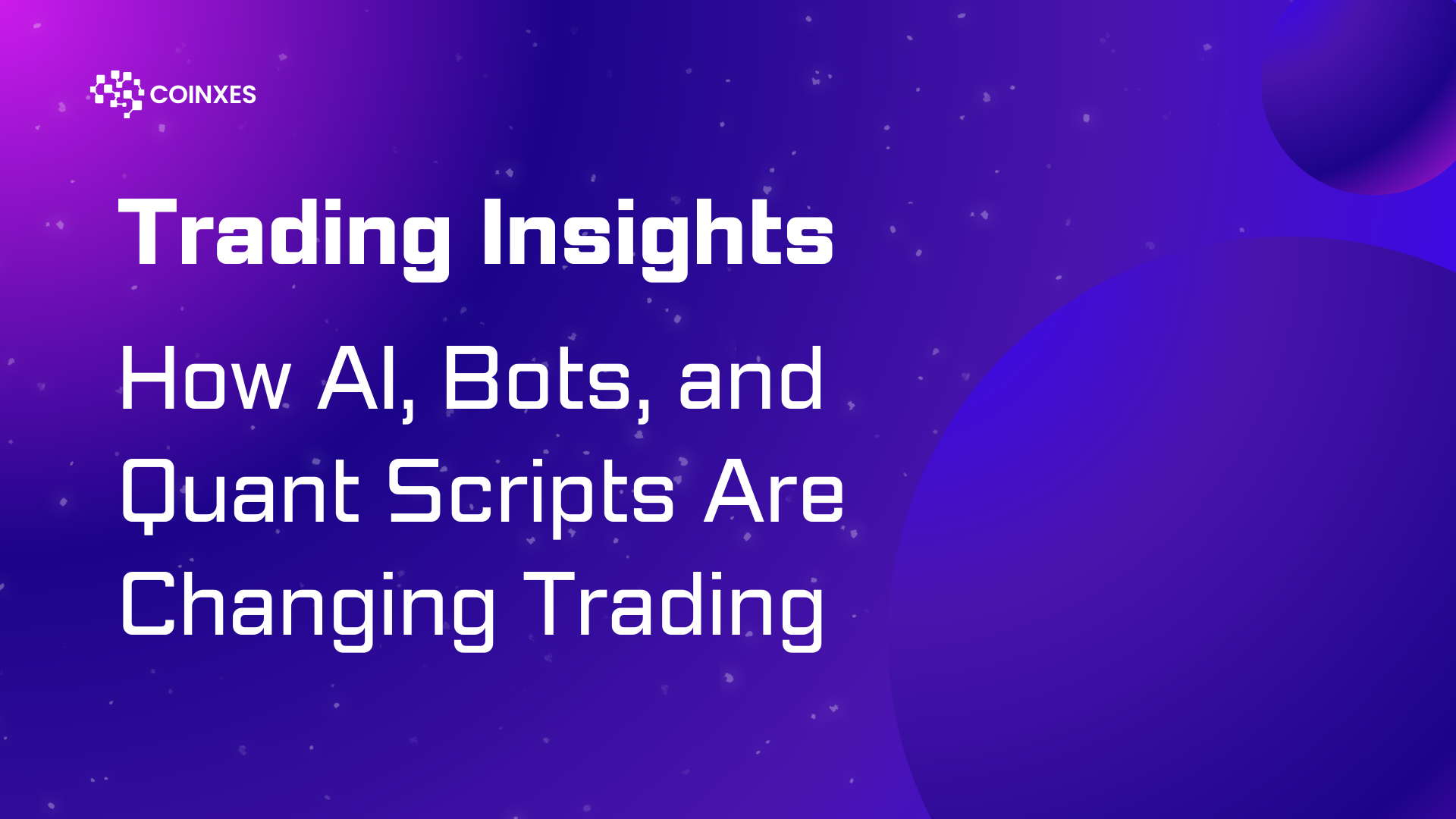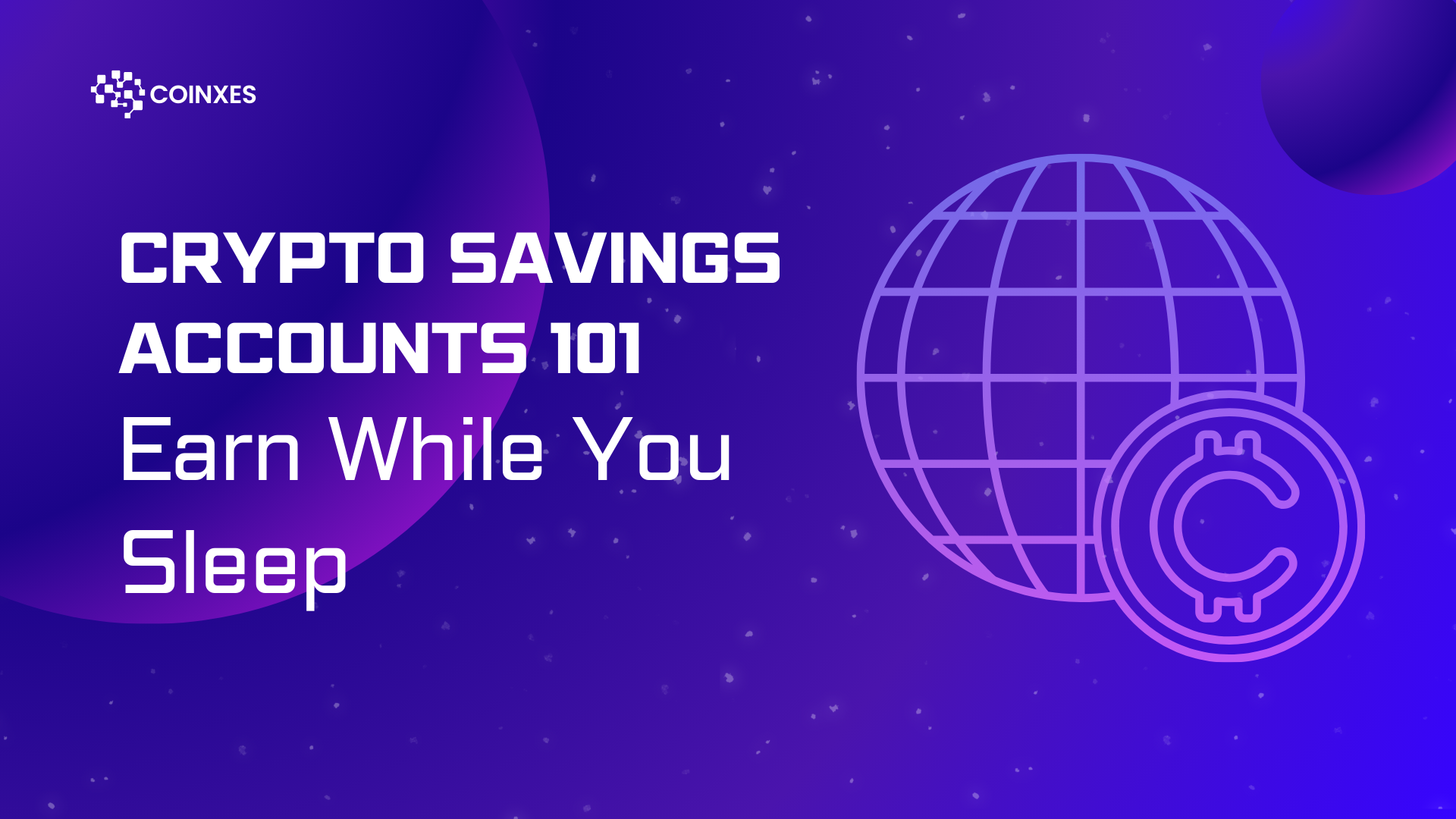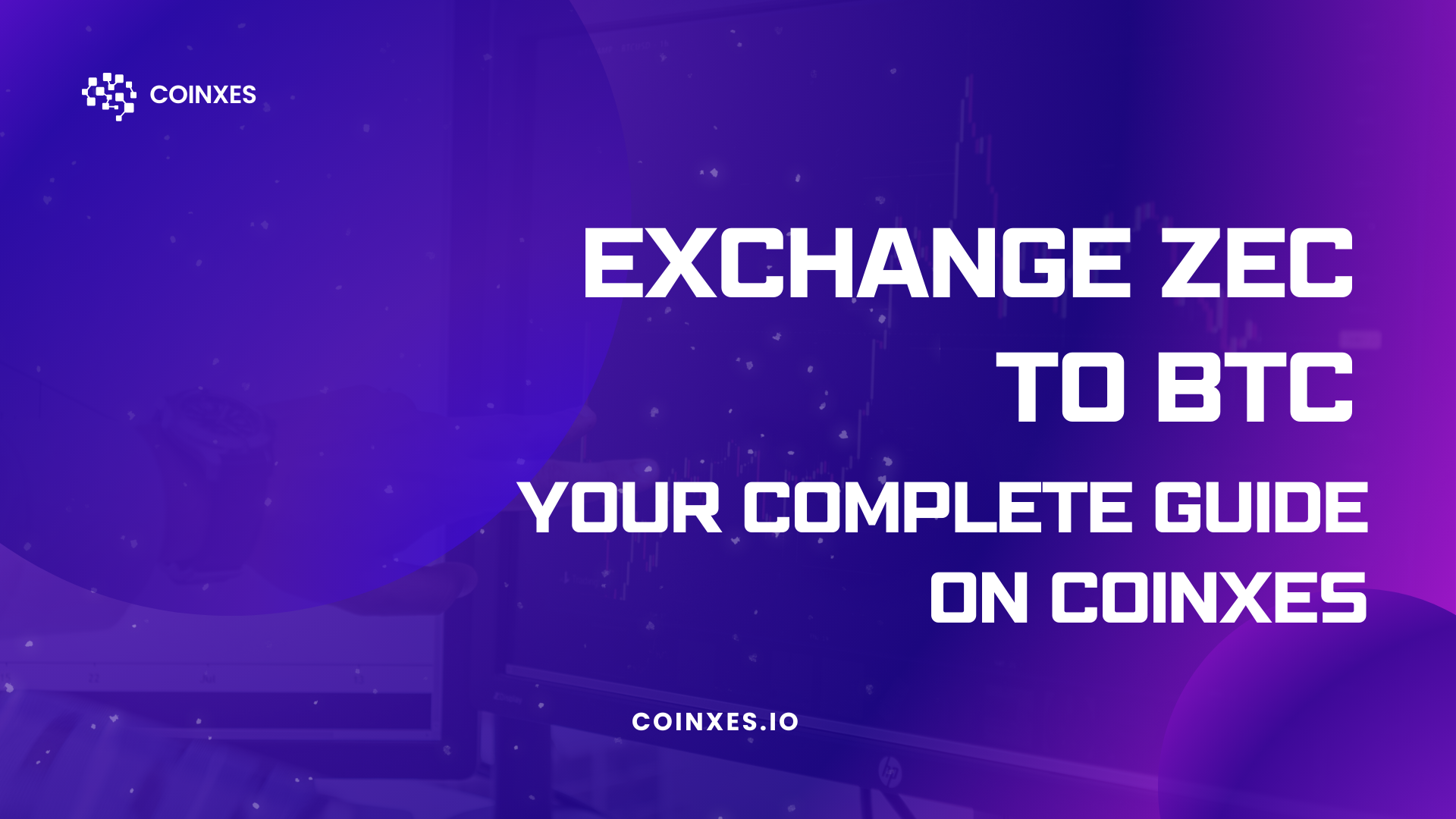 by coinxes.io » 28 Jun 2025, 19:02
by coinxes.io » 28 Jun 2025, 19:02
 Crypto Income vs. Passive Vibes: Earning Guide
Crypto Income vs. Passive Vibes: Earning GuideCryptocurrencies offer diverse income opportunities, from active trading to passive strategies. Whether you’re a seasoned investor or a beginner, understanding the differences between active crypto income and passive crypto income is key to maximizing your returns. This guide explores both approaches, compares their risks and rewards, and provides actionable steps to build a strategy tailored to your goals.
Introduction: Crypto Income Explained
Crypto income refers to earnings derived from cryptocurrency investments, which can be categorized into two main types:
Active Income: Requires hands-on participation, such as trading or mining.
Passive Income: Generates rewards without continuous effort, such as staking or yield farming.
Both approaches have unique advantages and challenges. Let’s dive into how they work.
Active Crypto Income: High Risk, High Reward
Active crypto income involves direct engagement with the market, often requiring time, skill, and constant monitoring.
Read full article hereℹ️ Stay Connected:https://x.com/Coinxes_iohttps://t.me/coinxes_ioExchanger
https://coinxes.io/-- 29 Jun 2025, 23:42 --
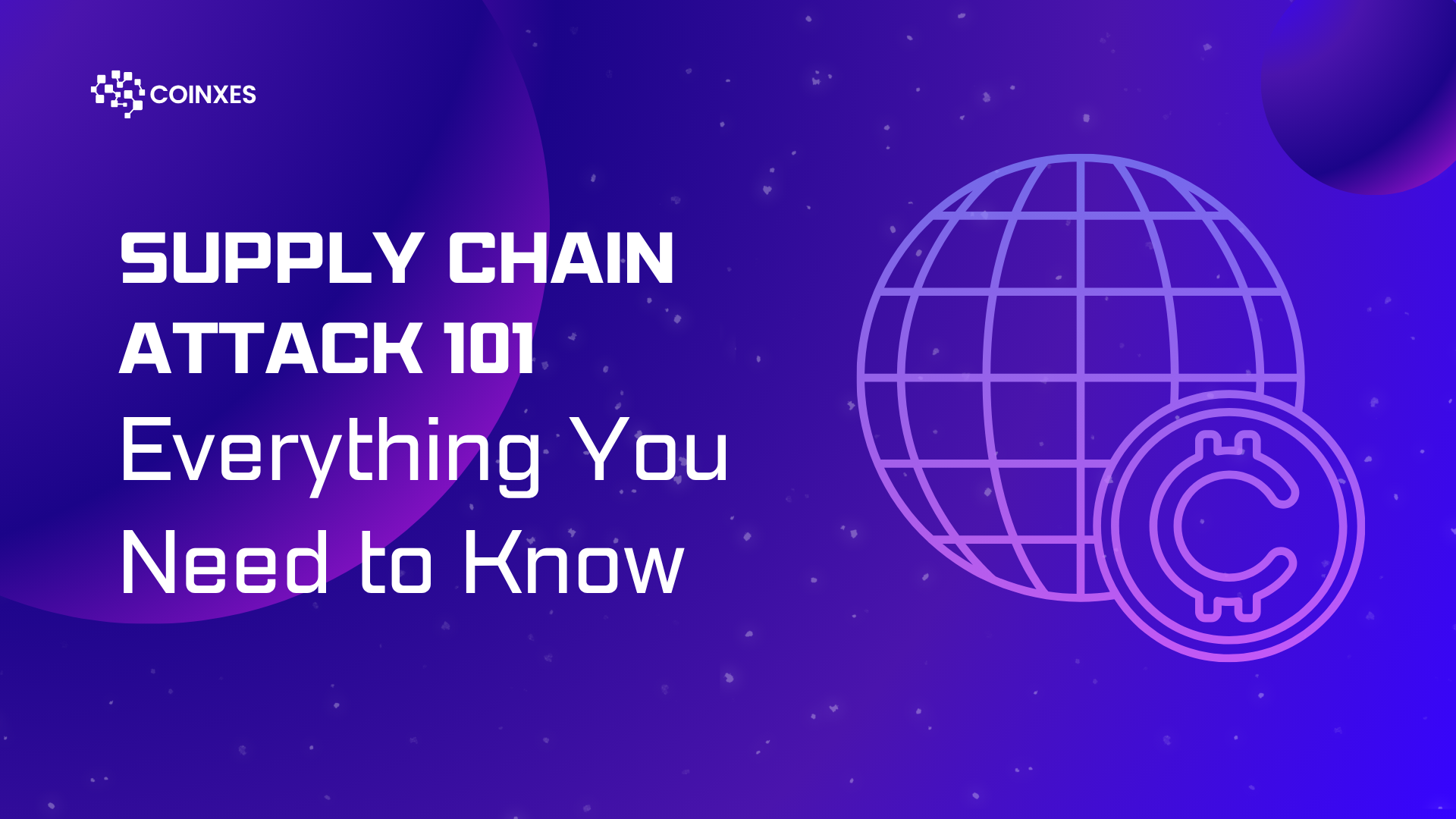 Supply Chain Attack 101: Everything You Need to Know
Supply Chain Attack 101: Everything You Need to KnowCryptocurrency and blockchain projects are not immune to cyber threats. In fact, the decentralized nature of crypto ecosystems introduces unique risks, particularly through supply chain attacks . These attacks target vulnerabilities in software, hardware, or processes that support crypto projects, often leading to catastrophic breaches. Recent incidents, such as the Berserk Bear cyberattack on Ukraine’s election infrastructure, highlight the growing sophistication of such threats. This guide explains what supply chain attacks are, how they work in crypto, and how users and developers can mitigate risks.
What Is a Supply Chain Attack?
A supply chain attack occurs when hackers infiltrate a system by exploiting vulnerabilities in its dependencies, such as third-party software, libraries, or hardware. In the context of crypto, these attacks often target:
Smart contracts: Exploiting bugs in code to steal funds.
Development tools: Compromising compilers or IDEs used to build blockchain projects.
Third-party services: Exploiting vulnerabilities in wallets, exchanges, or DeFi protocols.
For example, a hacker might compromise a developer’s private key to inject malicious code into a DeFi platform, enabling them to siphon user funds. The 2022 Poly Network hack, where $600 million was stolen via a smart contract vulnerability, exemplifies how supply chain weaknesses can devastate crypto projects.
Read full article hereℹ️ Stay Connected:https://x.com/Coinxes_iohttps://t.me/coinxes_ioExchanger
https://coinxes.io/[img]https://coinxes.io/wp-content/uploads/2025/06/coinxes-pic-2025-06-04t143956.802.png[/img]
[b]Crypto Income vs. Passive Vibes: Earning Guide[/b]
Cryptocurrencies offer diverse income opportunities, from active trading to passive strategies. Whether you’re a seasoned investor or a beginner, understanding the differences between active crypto income and passive crypto income is key to maximizing your returns. This guide explores both approaches, compares their risks and rewards, and provides actionable steps to build a strategy tailored to your goals.
Introduction: Crypto Income Explained
Crypto income refers to earnings derived from cryptocurrency investments, which can be categorized into two main types:
Active Income: Requires hands-on participation, such as trading or mining.
Passive Income: Generates rewards without continuous effort, such as staking or yield farming.
Both approaches have unique advantages and challenges. Let’s dive into how they work.
Active Crypto Income: High Risk, High Reward
Active crypto income involves direct engagement with the market, often requiring time, skill, and constant monitoring.
[url=https://coinxes.io/blog/earning-guides/crypto-income-vs-passive-vibes#introduction-crypto-income-explained]Read full article here[/url]
[b]ℹ️ Stay Connected:[/b]
https://x.com/Coinxes_io
https://t.me/coinxes_io
Exchanger https://coinxes.io/
-- 29 Jun 2025, 23:42 --
[img]https://coinxes.io/wp-content/uploads/2025/06/coinxes-pic-2025-06-11t185444.612.png[/img]
[b]Supply Chain Attack 101: Everything You Need to Know[/b]
Cryptocurrency and blockchain projects are not immune to cyber threats. In fact, the decentralized nature of crypto ecosystems introduces unique risks, particularly through supply chain attacks . These attacks target vulnerabilities in software, hardware, or processes that support crypto projects, often leading to catastrophic breaches. Recent incidents, such as the Berserk Bear cyberattack on Ukraine’s election infrastructure, highlight the growing sophistication of such threats. This guide explains what supply chain attacks are, how they work in crypto, and how users and developers can mitigate risks.
What Is a Supply Chain Attack?
A supply chain attack occurs when hackers infiltrate a system by exploiting vulnerabilities in its dependencies, such as third-party software, libraries, or hardware. In the context of crypto, these attacks often target:
Smart contracts: Exploiting bugs in code to steal funds.
Development tools: Compromising compilers or IDEs used to build blockchain projects.
Third-party services: Exploiting vulnerabilities in wallets, exchanges, or DeFi protocols.
For example, a hacker might compromise a developer’s private key to inject malicious code into a DeFi platform, enabling them to siphon user funds. The 2022 Poly Network hack, where $600 million was stolen via a smart contract vulnerability, exemplifies how supply chain weaknesses can devastate crypto projects.
[url=https://coinxes.io/blog/101-guides/supply-chain-attack-101#what-is-a-supply-chain-attack]Read full article here[/url]
[b]ℹ️ Stay Connected:[/b]
https://x.com/Coinxes_io
https://t.me/coinxes_io
Exchanger https://coinxes.io/
